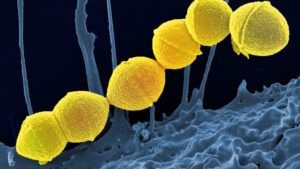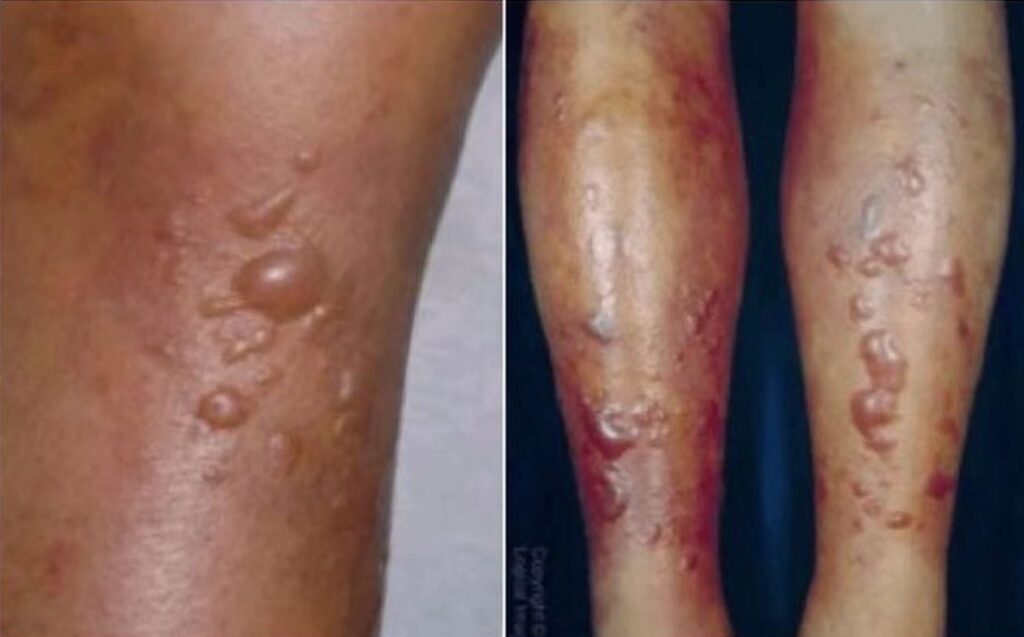ButSpeak.com
News which Matters.

Health officials in Japan are on high alert after reporting close to 1,000 cases of a deadly infection known as Streptococcal Toxic Shock Syndrome (STSS), or “flesh-eating bacteria.” The disease, which spreads rapidly and can result in death within a short period, has seen a significant rise in cases this year.
By June 2, STSS cases had reached 977, surpassing last year’s total of 941 cases, according to the National Institute of Infectious Diseases.
STSS is a rare but severe bacterial infection caused by group A Streptococcus bacteria. When these bacteria enter deep tissues and the bloodstream, they release toxins that trigger a rapid and dangerous response in the body, according to the Centers for Disease Control and Prevention (CDC). While it is rare for someone with STSS to spread the infection directly to others, less severe infections with group A strep can progress to STSS if untreated.
STSS begins with initial symptoms such as:
Within 24 to 48 hours, it can escalate to:
Group A Streptococcus (GAS) typically causes strep throat in children but can lead to severe symptoms in adults, including limb pain, swelling, fever, and low blood pressure. This can quickly worsen to tissue death, breathing problems, organ failure, and sometimes death, especially in individuals over 50.



Preventing STSS involves:
Diagnosing STSS involves several tests, including:
Treating STSS includes:
Early medical intervention is crucial to improve recovery chances and reduce the risk of serious complications or death from STSS.